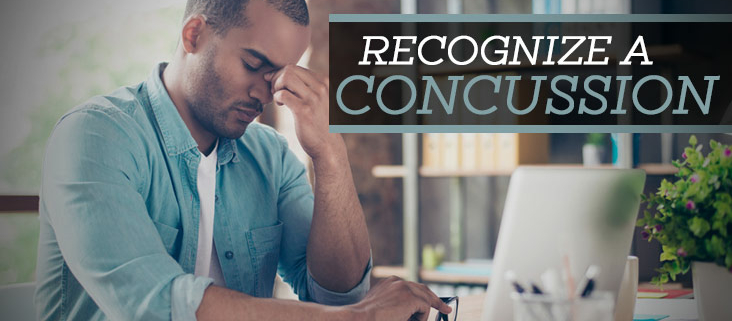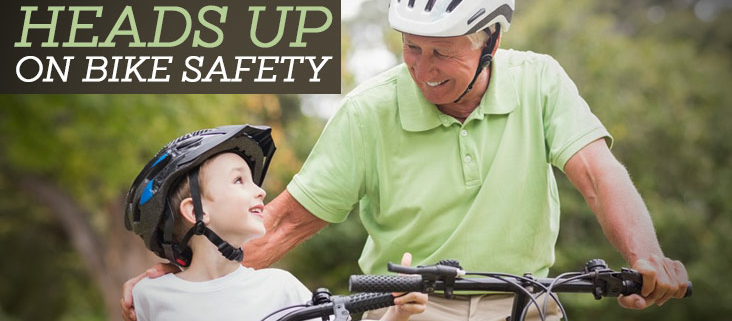Bike riding is one of America’s favorite past times, especially for children. But every year, according to the Centers for Disease Control and Prevention, 26,000 bicycle-related injuries to children and adolescents result in traumatic brain injuries.
A brain injury in a child can have more of a harmful impact because a child’s brain is continuously undergoing development. An injury can alter, or even halt, certain developments of the brain.
The good news is that there are several easy ways to help prevent brain injuries while your child is riding a bike:
- Properly Fitted Helmet – wearing a properly fitted helmet every time you and your child ride a bike is the main way to prevent brain injury.
- Follow the Rules of the Road – by teaching your child to go with the flow of traffic on the right-side of the road, what hand signals to use and when, and what the different traffic signs and signals mean can help your child stay safe.
- Reflectors – attach a front headlight and a rear red reflector to your child’s bike. If your child is riding beyond daylight hours, have him or her wear reflective clothing, as well.
Be a role-model to your child. Go biking as a family and practice biking skills and safety together. Wear your properly fitted helmet, follow the rules of the road, and attach reflectors to your own bike so that your child can witness biking safety first-hand. By using these safety precautions, you can help prevent brain injuries in not only your child, but yourself, as well.



